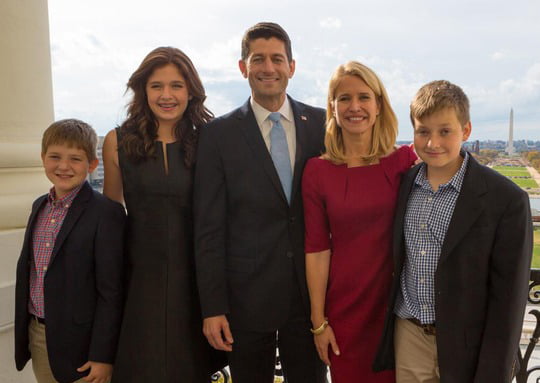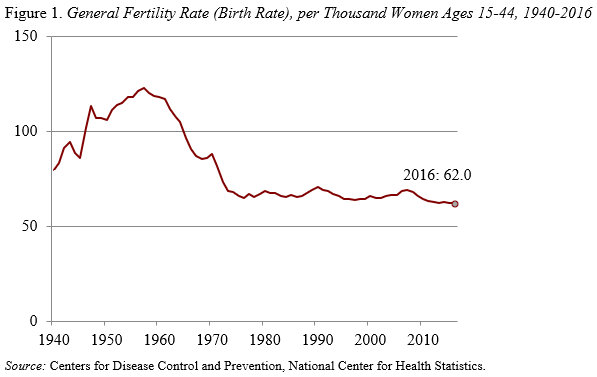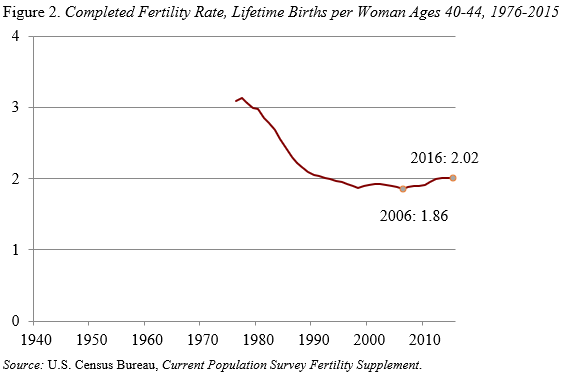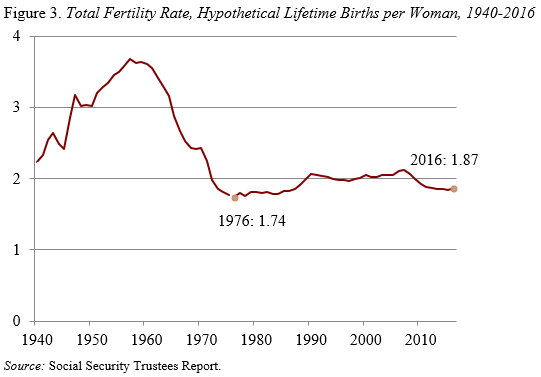
Paul Ryan Urges Women to Have More Kids for the Sake of America – Is that Good Advice?
Alicia H. Munnell is a columnist for MarketWatch and senior advisor of the Center for Retirement Research at Boston College.
Fertility patterns are still unclear and the U.S. lacks adequate child care.
House Speaker Paul D. Ryan has urged women to have more babies for the good of the nation. He argues that births are at record low levels and that more kids would improve economic growth and ease the burden of Social Security and Medicare. Before I pass that suggestion along to family members, it seemed sensible to see why he is so worried.
The difficulty is that fertility is measured in a number of ways, and the various measures do not all tell the same story. The general fertility rate shows the annual rate at which women are currently having kids. The completed fertility rate shows the number of kids today’s 40-44-year-olds had over their childbearing years. The total fertility rate tells how many kids a hypothetical woman – at the beginning of her childbearing years – would have if she followed the fertility patterns at that time.
The National Center for Health Statistics reported that, in 2016, the general fertility rate had indeed declined to a record low of 62 births per 1,000 women of childbearing age (see Figure 1). Detailed data by age show that much of this drop is due to a decline in births among women in their 20s. Experts attribute this pattern to a decision for younger women, in the wake of the Great Recession, to postpone having children. To the extent that – with the economic recovery – women follow through with their initial plans, the birth rate should pick up.

The most recent data on the completed fertility rate suggests no reason for concern at all. This number has actually been inching up a bit, with the most recent group of 40-44 year-olds having averaged 2.02 kids over their lifetime (see Figure 2). This measure, of course, is backward looking in the sense that it reports on women at the end of their childbearing years and provides no insights on the plans of younger women.

The total fertility rate – the hypothetical measure – provides a more mixed, but by no means alarming, picture. It has been trending down since its recent peak in 2007, just before the Great Recession (see Figure 3). While this measure is not at a “record low” it has dropped a lot in recent years. The Social Security actuaries attribute this drop to the Great Recession causing women to delay childbearing and project that the measure will return to pre-recession levels. To bolster their argument, the actuaries point to data on expected births from the National Survey of Family Growth for the periods 2002-05, 2006-10, and 2011-15. While birth expectations have dropped slightly, they remain well over 2 children per woman. But one could also argue that many European countries currently have much lower birth rates than the United States, and this country could follow suit.

Overall, Congressman Ryan may be a little premature in issuing his call to arms! It is also important to remember that – in this country without adequate daycare – having kids competes with women’s labor force participation. So the whole issue is quite complicated and requires careful thought.







